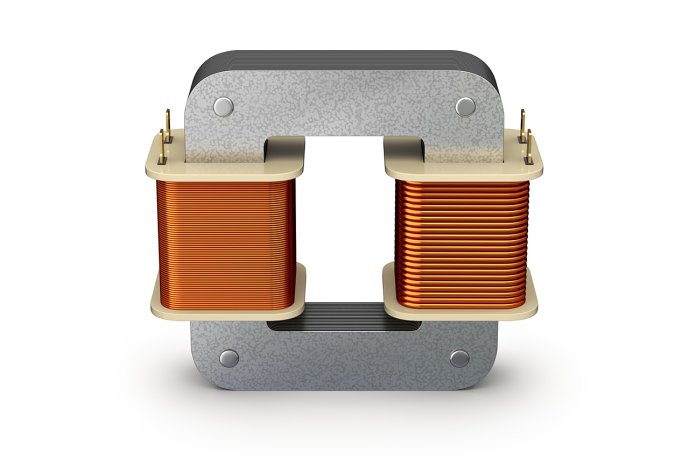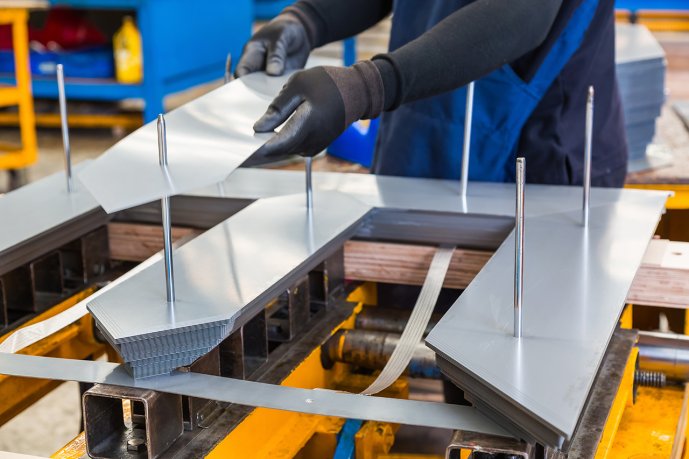
Transformer core
A metal object on which the primary and secondary windings of a transformer are wound without touching each other. The current flowing through the primary winding creates a magnetic flux in the transformer core. This causes a current of a different voltage to arise in the secondary winding. The transformer core can be from steel, iron, amorphous metals, or ferrite ceramics. The metal core of transformers is laminated — made of thin sheets of metal laid on each other. This limits the formation of eddy currents that would lead to heating and energy losses in a solid piece. We distinguish between the “core form” of a transformer, where windings surround the core, and “shell form” with the core surrounded by windings. A transformer can also have an “air core”. In such a configuration, two windings are placed close together. The magnetic field generated by the current change in the primary winding induces a current in the secondary. Air core transformers are used in radio telecommunications or tokamaks.





